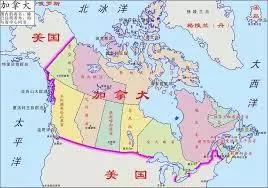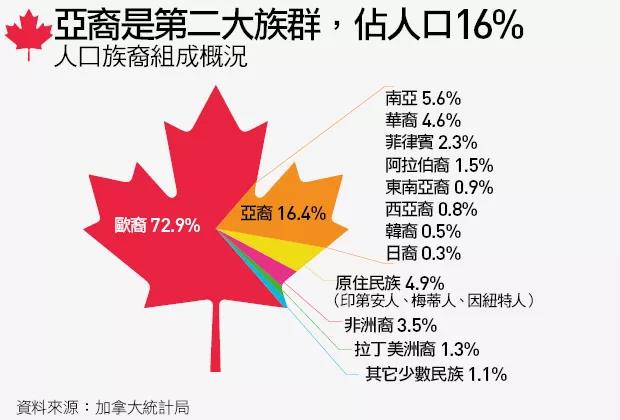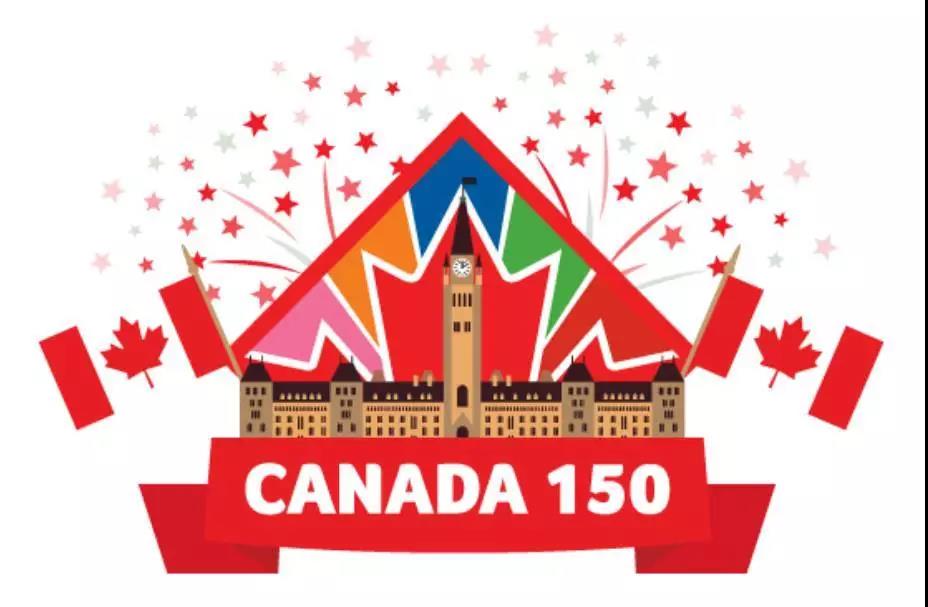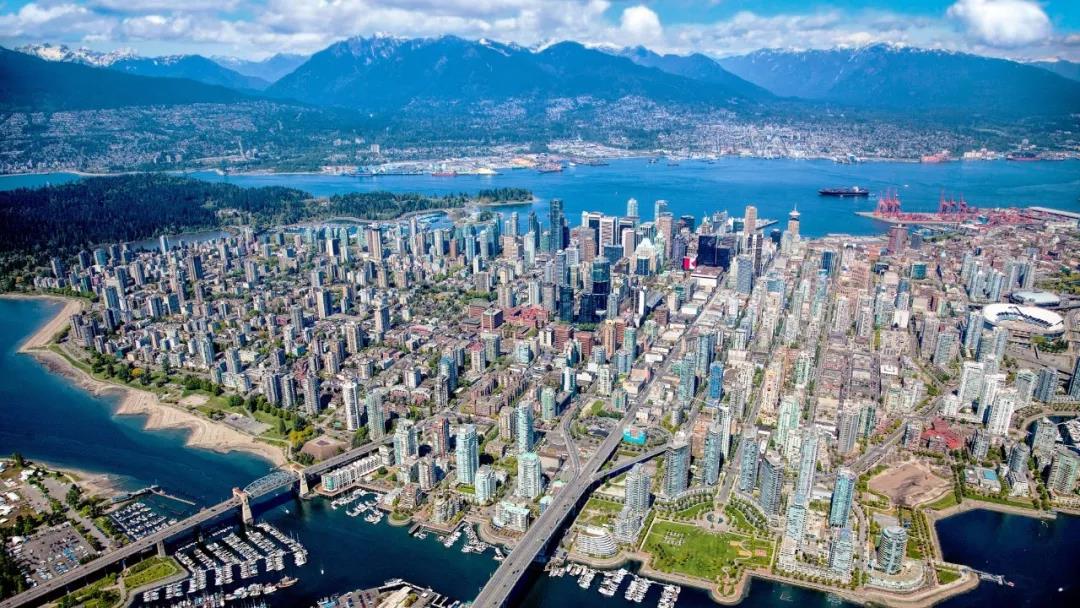山东省翻译协会
联系人:谢老师
邮 箱:tasdcn@foxmail.com
地 址:山东省济南市历城区洪家楼路5号

准备来加拿大温哥华的同学和家长们,你对加拿大的历史、文化、政治、经济、教育、社会结构了解多少?从今天起,我们将陆续推出帮助大家了解加拿大的英语阅读文章,并且文章专为英语为第二语言的读者撰写,适合中级水平的学生学习加拿大文化并提高英语词汇量。欢迎关注我们公众号,也欢迎读者把不懂的部分找出来在下面留言,我们会以最快速度解答。祝大家学习进步!
The History of Canada The continent of North America consists of three different countries, with Mexico in the south, the United States in the middle and northwest and Canada in the north. Canada’s territory stretches from the Atlantic Ocean in the east to the Pacific Ocean in the west, and to the north lies the Arctic Ocean. In terms of land area, Canada is the second largest country in the world, nonetheless, Canada has a very low population density, with approximately 34 million inhabitants. Canada is comprised of 10 provinces (British Columbia, Alberta, Saskatchewan, Manitoba, Ontario, Quebec, New Brunswick, Prince Edward Island, Nova Scotia, Newfoundland and Labrador) and 3 territories (Yukon, Northwest Territories, Nunavut). Each of these provinces and territories has its own capital city. Canada possesses a large variety of different geographical areas as well as five distinct regions, which are the Northern Territories, the West Coast, the Prairie Provinces, Ontario and Quebec and the Atlantic Provinces.
Compared to other countries such as China or India, Canada has a much shorter history as a nation. The history of Canada began with the arrival of Paleo-Indians thousands of years ago, to the colonization, and up to the present day. For millennia, Indigenous peoples, inhabited the lands of which present-day Canada is made up. These peoples maintained and cultivated distinct social structures, trade networks and spiritual beliefs.
Beginning in the late 15th century, the French and British began to launch expeditions to explore, map out, and colonize what is now known as present-day Canada. Similar to New England in America, the colony of New France was established in 1534, but was later ceded to the United Kingdom after the Seven Years’ War in which the French were defeated in 1763.
In 1791, the Province of Quebec which was British at the time, was split into Upper and Lower Canada and later reunified in 1841. In 1867, through Confederation, to additional British colonies were added to the Province of Canada – they were New Brunswick and Nova Scotia. Canada’s territory quickly expanded as further areas of British North America were incorporated, concluding with Newfoundland and Labrador in 1949.

As a British colony Britain wielded a lot of political influence over Canada and foreign and defence policies were set by Britain up until the end of the First World War.
In 1931, the Statue of Westminster was passed whereby Canada was recognized as being co-equal with the United Kingdom. With the introduction of the Canadian Constitution in 1982, Canada became legally independent from the British parliament. Canada’s government is both a parliamentary democracy and a constitutional monarchy. Although Canada is an independent country, Queen Elizabeth serves as the nation's head of state. The Queen’s powers are merely symbolic as she is not actively involved in Canadian politics.
Economically speaking, trading played a pivotal role during the colonial period before Canada’s inception as a country. European traders would provide the indigenous peoples with much cherished metal and cloth, in exchange for fur, which was a highly commodity in Europe at the time. Fur trading was one of the venues by which relationships were established between Europeans and First Nations.

The History of Vancouver
The city of Vancouver is located on the west coast of Canada, in the province of British Columbia, some 4,300 kilometres away from the city of Toronto. Vancouver is named after the explorer and sea captain George Vancouver who explored the area in 1792. Although Vancouver is the largest city in British Columbia, BC’s capital is located on Vancouver Island, in the city of Victoria. Prior to the 1840’s the territory on which Vancouver is currently situated belonged to the Squamish, Musqueam, and Tseil-Waututh (Burrard) peoples of the Coast Salish group. Stanley Park, False Creek, Kitsilano and Point Grey are all locations where these peoples once had villages. Many people flocked to Vancouver from California and resided in New Westminster during the Fraser Gold Rush of 1858, but it wasn’t until April 6, 1886 that the City of Vancouver was incorporated. 1886 was an eventful year as it also marked the arrival of the first transcontinental train, and the Great Vancouver Fire of June 13, 1886, which basically leveled the entire city. Within no time at all the city was re-erected with the addition of the Vancouver Fire Department. By 1911, Vancouver’s population swelled to 100,000, compared to its inception as a settlement of 1,000 people just 30 years earlier. In 1986, Vancouver hosted Expo 86, and showcased its charm and beauty to the world. This attracted quite an influx of new immigrants. The year-round climate is much milder than other cities in Canada, which makes it attractive for people originating from warmer climates. Vancouver is known as the Asia Pacific Gateway and there are large groups of immigrants from countries such as China, India, Philippines and Korea who have chosen to settle down here.

Back in 2010, Vancouver had the honour of hosting the winter Olympics, along with Whistler, a popular skiing destination. These have been golden opportunities to demonstrate Vancouver style multiculturalism and diversity.
Hollywood North has become a term to describe the booming film business here in Vancouver. Hollywood movie production companies take advantage of the stunning scenery, state of the art film studios, trained movie crews and reduced production costs.